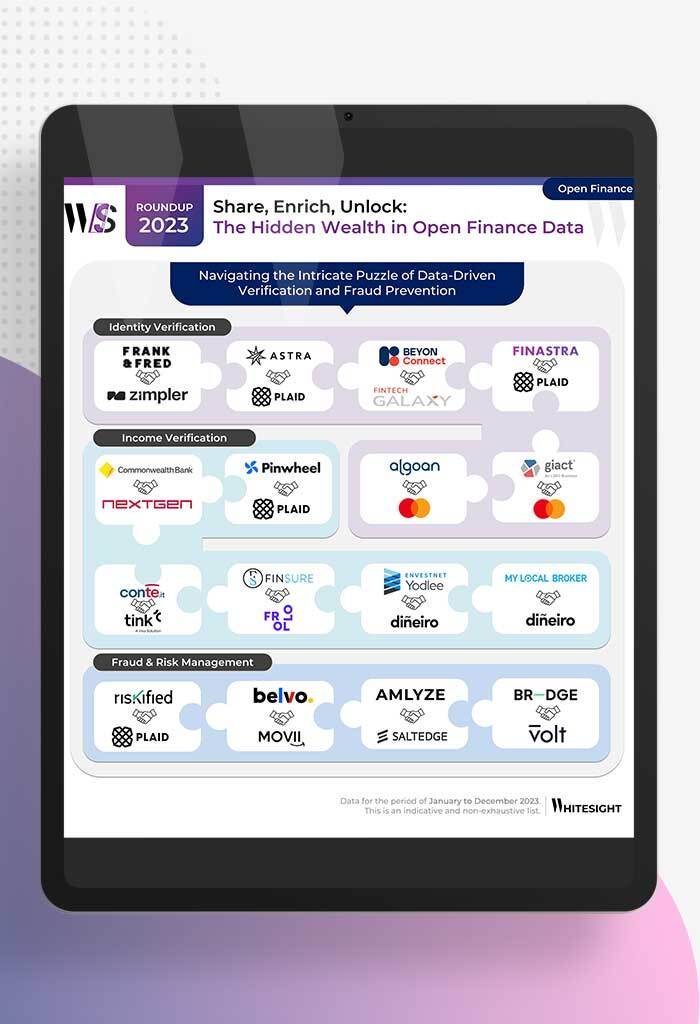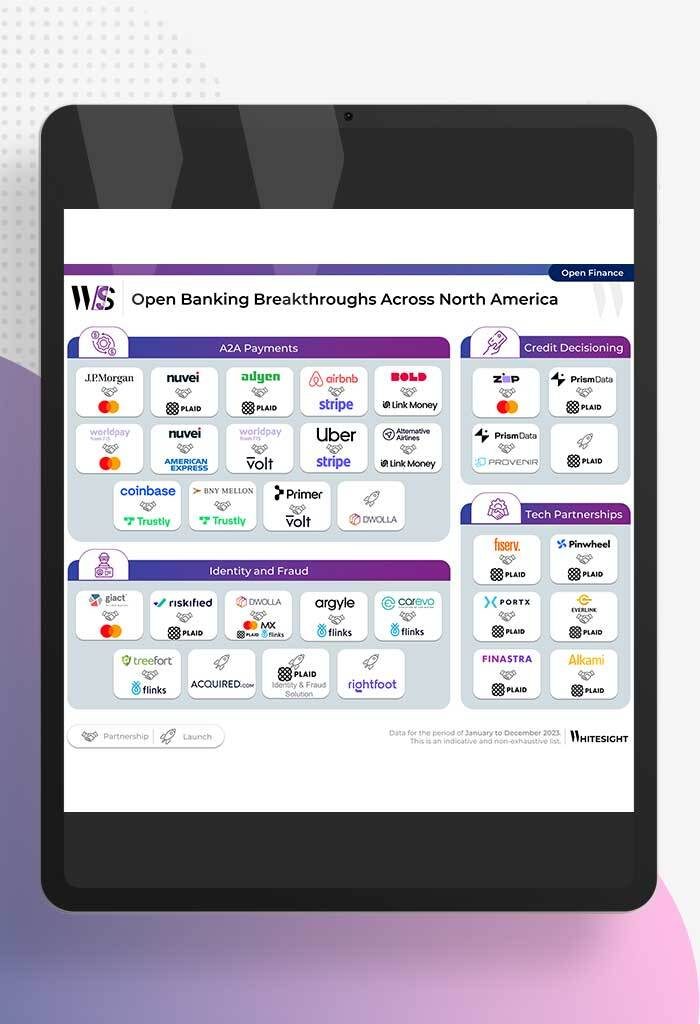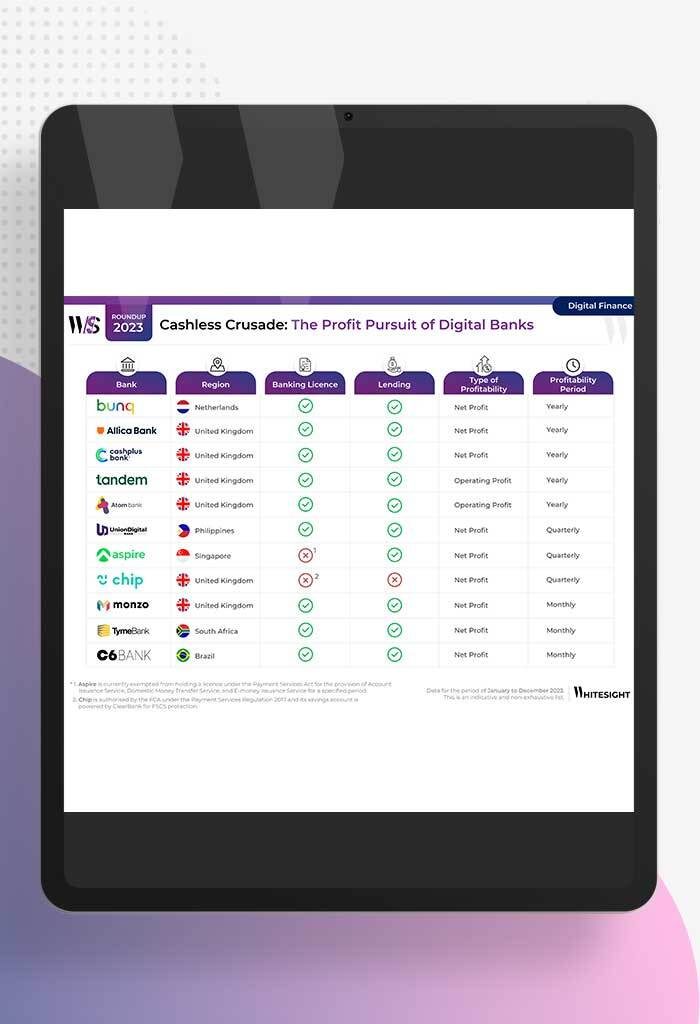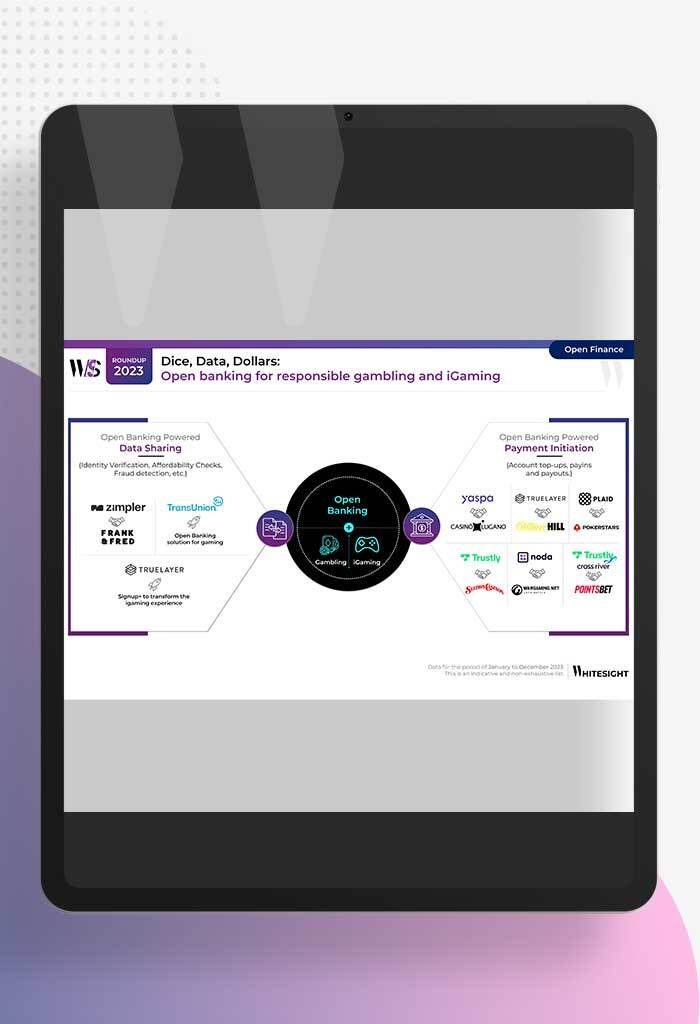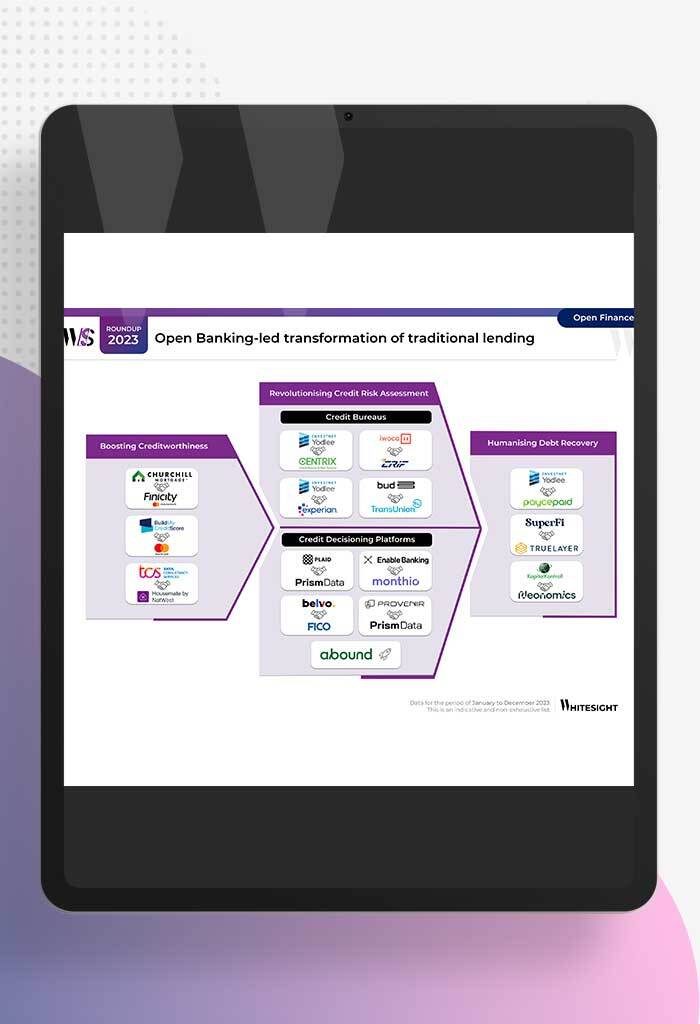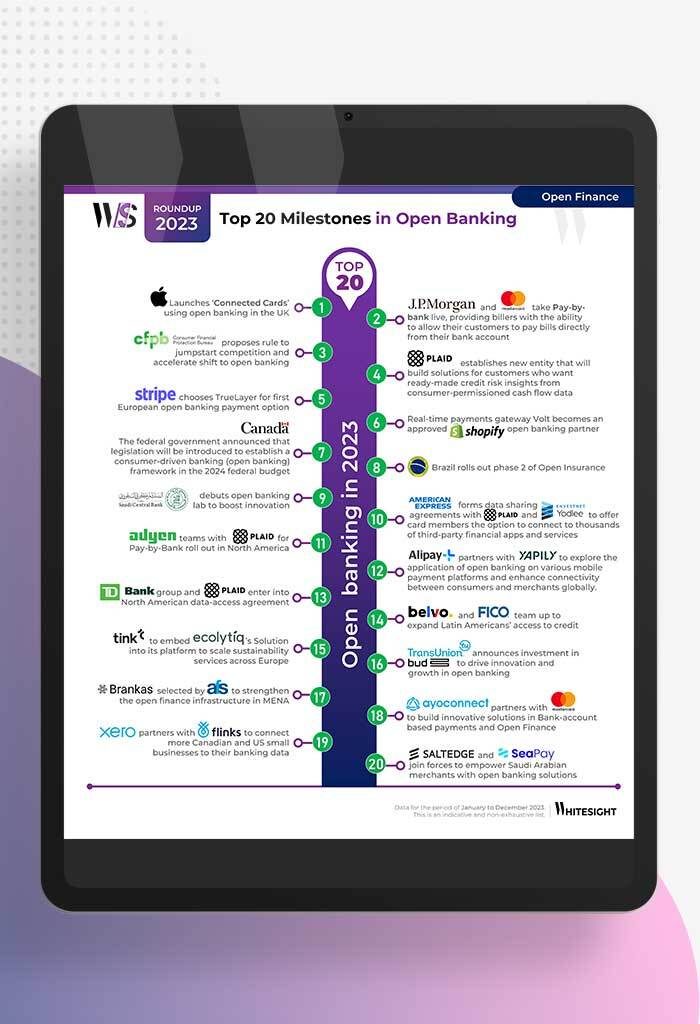From iPhone to iBank: Analysing Apple’s Embedded Finance Adventures
- Sanjeev Kumar and Risav Chakraborty
- 8 mins read
- Fintech Strategy, Insights
Table of Contents
Think about the biggest brands in the world – you’ve probably got a few names popping up in your mind. What makes these brands global phenomenons? Their products, for starters, but more importantly, their loyal user base. Loyalty can make or break a brand. And when you’re loyal to a brand, you are loyal. So think of a scenario where a brand you love has introduced something new. Your automatic reaction is, “This is so cool, sign me up!”. Hook, line, and sinker.Apple started with the desktop computers – pretty cool, shattered the ceiling with the iPod – so cool, took it to the next level with the MacBook – super cool, stepped up its game again with the iPhone – super duper cool, then came the iPad, the Apple Watch, the AirPods, and so much more in between – cool cool cool. If you’re one of the 1.8 billion active device users of Apple, you’re most probably a fan of one product or the other.With so many products across different categories, the main question for Apple is – how do we increase user loyalty/stickiness/engagement? Well, you make products that are a class apart, and you also keep improving and introducing […]
This post is only available to members.
Already a subscriber? Log in to Access
Unlock this blog
Gain exclusive access to this blog alone.
Radar Subscription
Select a membership plan that resonates with your
goals and aspirations.
Not Ready to Subscribe?
Experience a taste of our expert research with a complimentary guest account.
We publish new research regularly. Subscribe to stay updated.
No spam.
Only the best in class fintech analysis.
Related Posts
- Kshitija Kaur and Sanjeev Kumar
From Data Streams to Enriched Data Fountains Remember the early days of plumbing? Water flowed freely, but its quality was...
- Samridhi Singh and Sanjeev Kumar
North America’s Open Sesame: Use Cases Bloom Open banking has garnered significant attention in recent years, and at Whitesight, we’ve...
- Samridhi Singh and Sanjeev Kumar
Profitability Unlocked: Licences, Service, and Survival The rise of digital banks has sparked a paradigm shift in how we perceive...
- Sanjeev Kumar and Risav Chakraborty
High stakes in the gambling sector The online gambling industry is booming, with a projected market size of $107.3B by...
- Sanjeev Kumar and Risav Chakraborty
Open Banking-led Transformation of Traditional Lending In 2023, a wave of innovation swept through the lending industry, thanks to several...
- Sanjeev Kumar
Unmasking Open Banking’s Game Changers in 2023 2023 has been a pivotal year in the world of open banking, marked...
